here is a example code showing usage of cv2.floodfill function
import cv2
import numpy as np
import os
def imshow(img):
cv2.imshow('img', img)
cv2.waitKey(0)
cv2.destroyAllWindows()
img = cv2.imread('test4.png')
gray = cv2.cvtColor(img, cv2.COLOR_BGR2GRAY)
thresh = cv2.adaptiveThreshold(gray,255,cv2.ADAPTIVE_THRESH_MEAN_C,cv2.THRESH_BINARY_INV,3,1)
_, contours, hierarchy = cv2.findContours(thresh,cv2.RETR_CCOMP,cv2.CHAIN_APPROX_NONE)
mask = np.zeros(img.shape[:-1],np.uint8)
cv2.drawContours(mask,contours,-1,(255,255,255),-1)
height, width = img.shape[:-1]
mask1 = np.zeros((height+2, width+2), np.uint8) # line 26
cv2.floodFill(mask,mask1,(0,0),255) # line 27
mask_inv=cv2.bitwise_not(mask)
imshow(mask_inv)
i am using this function in one of me projects but i am not understanding the mask1 part of the code (line 26 and line 27 ) that is,
why do we create the mask1 with shape h+2, w+2 for a given image with height-'h' and width-'w'?(line 26)
why do we have to pass this mask1 to the cv2.floodfill function?(line 27)
here is the input and output of the example code.
please help

